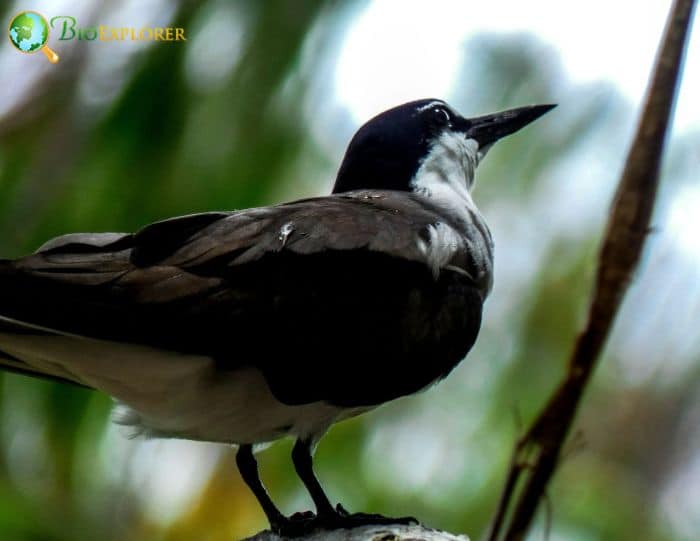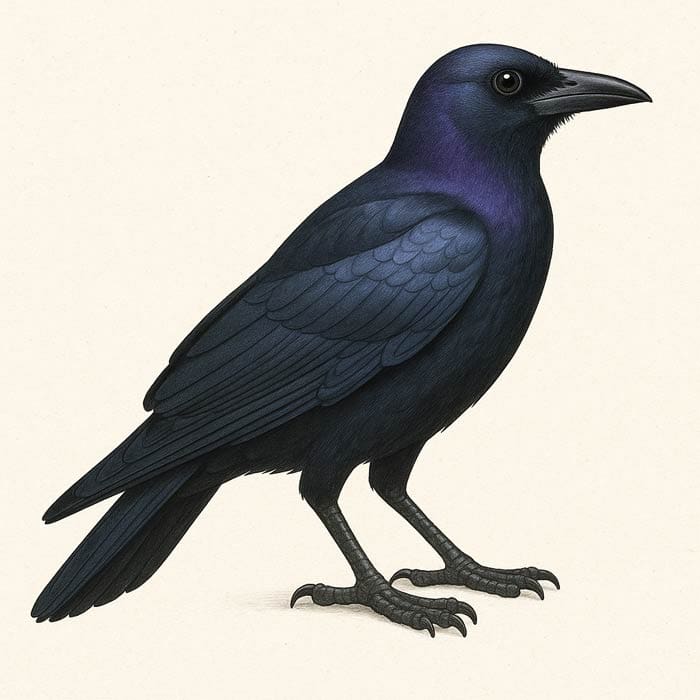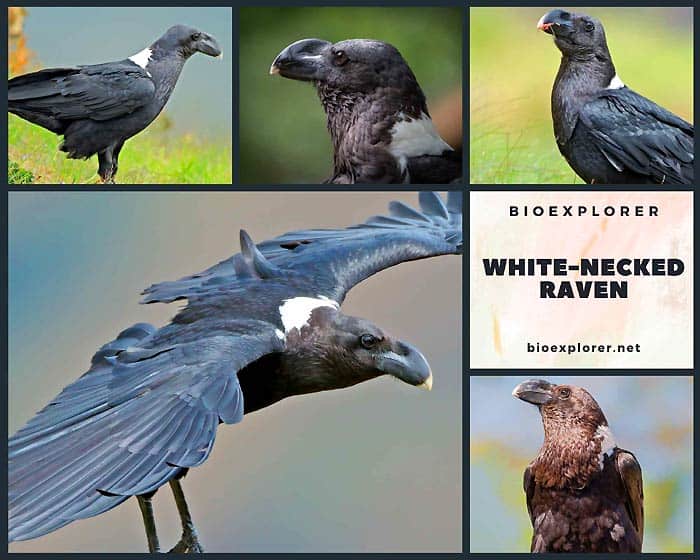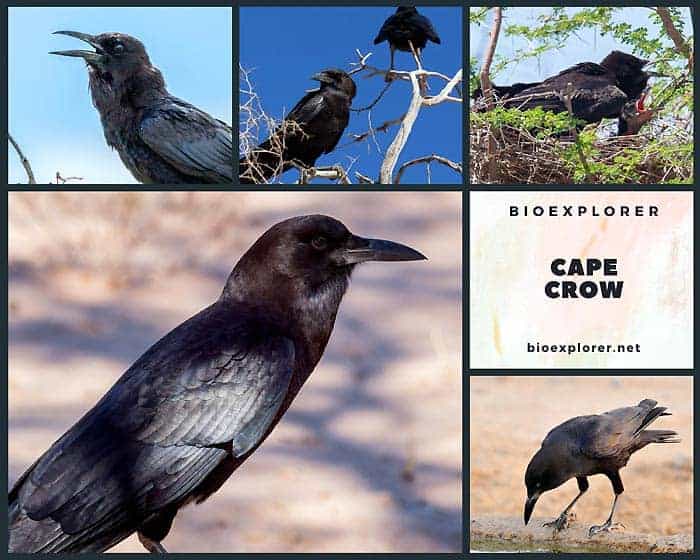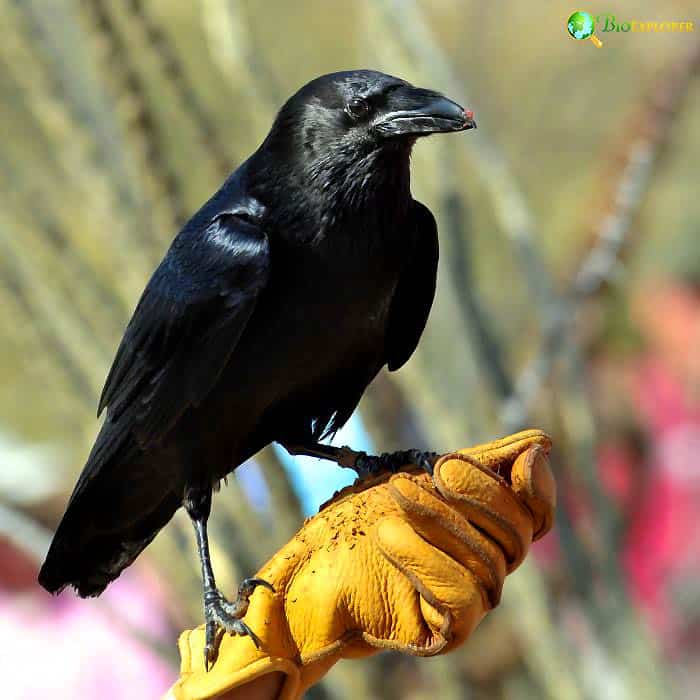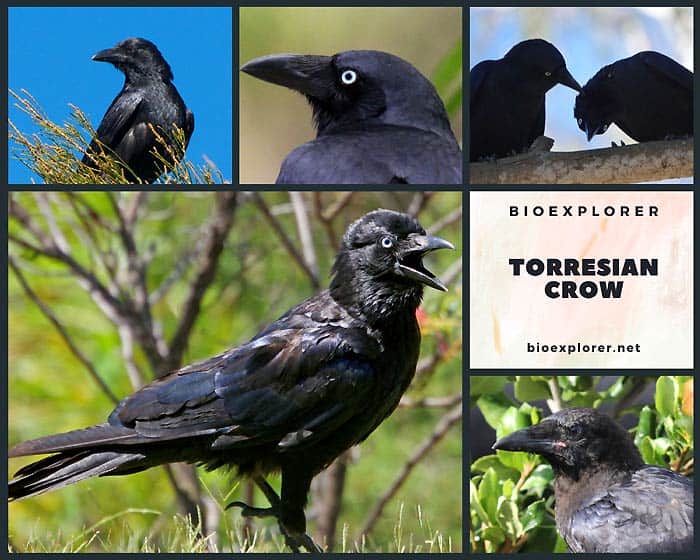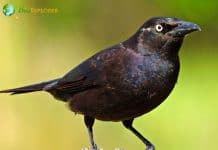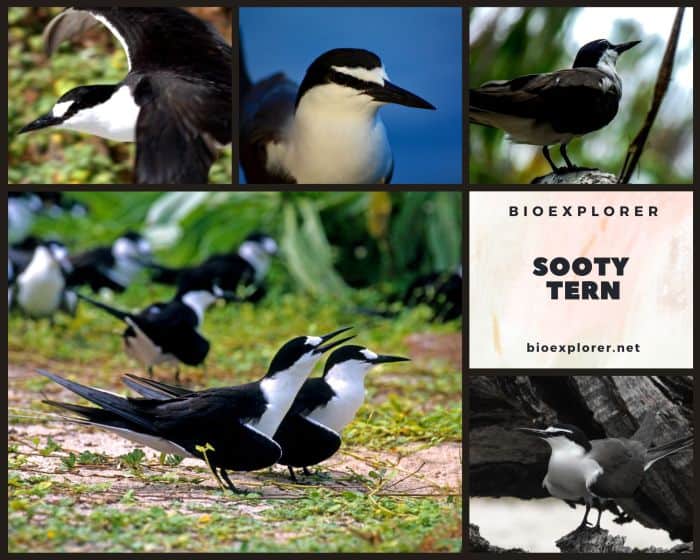
| Animalia | Aves | Charadriiformes | Laridae | Chordata | Onychoprion fuscatus |
One of the most common tern species worldwide is the sooty tern (Onychoprion fuscatus). They reproduce on islands and coasts in tropical and subtropical regions and inland lakes. Fish make up most of their diet but consume insects and other small animals.
Sooty terns are distinguished by their piercing calls. These birds have a dark bill and mostly black upperparts due to eumelanin with white underparts. The type species for the genus Onychoprion is the sooty tern[1].
Table of Contents
- Sooty Tern’s Physical Characteristics
- Sooty Terns do have gregarious instincts
- Sooty Terns undergo certain birthing rituals
- Sooty Tern Sleep while Flying
- Sooty Terns’ cultural significance on Easter Island
- Frequently Asked Questions
- Where do Sooty Terns live?
- What fish do Sooty Terns eat?
- How big is a Sooty Tern?
- How long can a Sooty Tern fly without landing?
- Are Sooty Terns endangered?
Sooty Tern’s Physical Characteristics
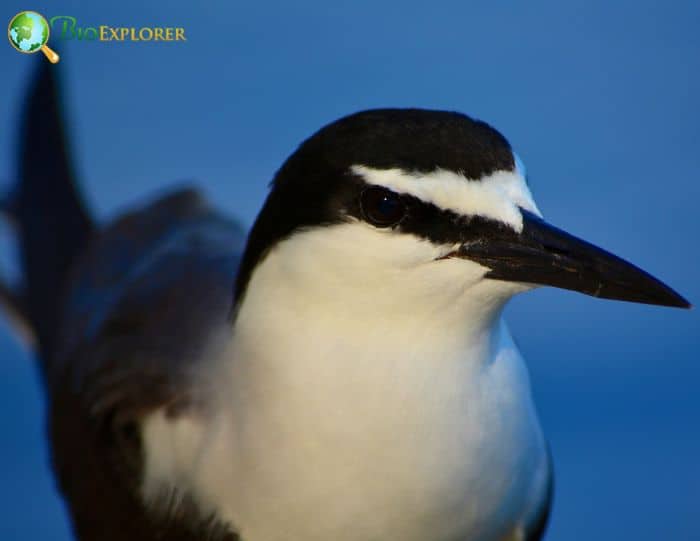
The Sooty Tern and Sandwich Tern are distinct species with noticeable differences in their physical characteristics.
- The Sooty Tern, a large tern, has a wingspan ranging from 82-94 cm (32-37 in), which puts it in a similar size range as the Sandwich Tern.
- It features long wings and a deeply forked tail. Its upper parts are dark grey, creating a somber appearance, while its underparts are white.
- The bill and legs of the Sooty Tern are black. Juvenile Sooty Terns display scaly grey plumage on both their upper and underparts[2].
Sooty Terns do have gregarious instincts
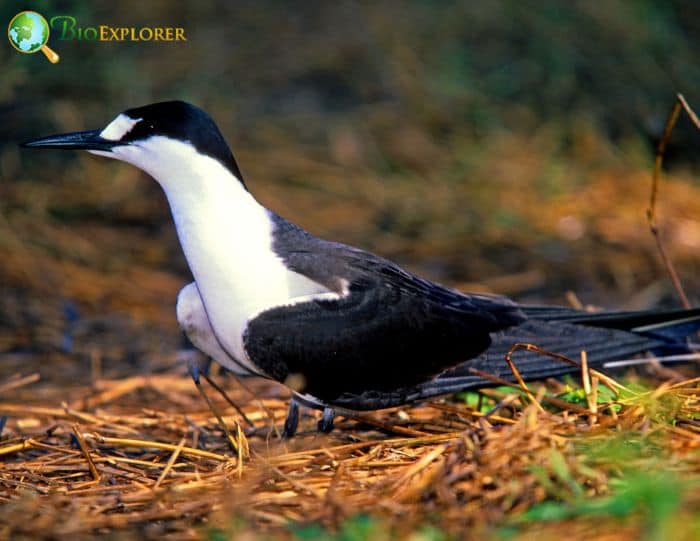
Sooty Terns are very sociable birds. Although it is challenging to study their pelagic (life at sea) activities, they can form colonies[3] with more than 1 million members when they come ashore for the breeding season.
Sooty Terns undergo certain birthing rituals
Sooty Terns reach sexual maturity at around age 6. The nesting site’s location determines the breeding season; some sites support year-round breeding.
- The Terns migrate to land during the breeding season after spending most of their lives at sea. They establish their nesting colonies on coral or rock-covered islands, arriving on land about two months before the eggs are laid.
- Nests are constructed in small depressions or holes in the ground. Courtship occurs in the air and on the ground, where the birds strut and bow to one another. Each season, 1 to 3 (typically 1) eggs are laid.
- The incubation period, managed by both parents, lasts approximately one full month.
- The parents will return regurgitated fish for the chick for two months after it has hatched, at which point it will fledge.
- The juveniles will remain close to the colony for two to three weeks following their initial flight before the colony returns to the sea.
Sooty Tern Sleep while Flying
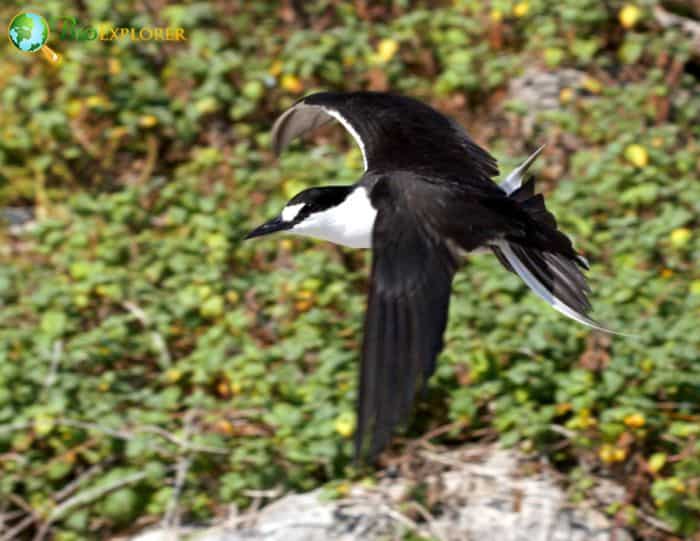
Unihemispheric sleep is a method that Sooty Terns use to sleep while flying.
- These black birds can sleep with one-half of their brains active while using the other half to stay awake.
- Because of this, they can continue to fly and keep an eye on their surroundings in case of danger.
- The ability to fly for months at a time without stopping to eat or drink has been demonstrated by frigatebirds[4].
Sooty Terns’ cultural significance on Easter Island
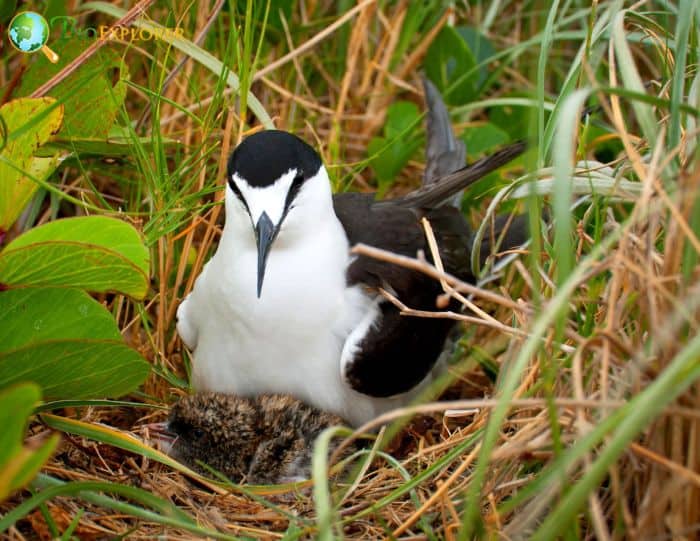
This species and the spectacled tern (O. lunatus) are referred to as Manutara on Easter Island.
Manutara played a significant part in the tangata manu (“birdman“) ritual: whoever hopu (champion) could retrieve the first Manutara egg from Motu Nui islet would become that year’s tangata manu; his clan would receive priority access to resources, particularly seabird eggs.
Frequently Asked Questions
Where do Sooty Terns live?

Sooty Terns are predominantly seabirds that inhabit the tropical oceans. They spend most of their lives at sea, only returning to land for breeding. During the breeding season, they gather in colonies on rocky or coral islands in the equatorial zone.
What fish do Sooty Terns eat?
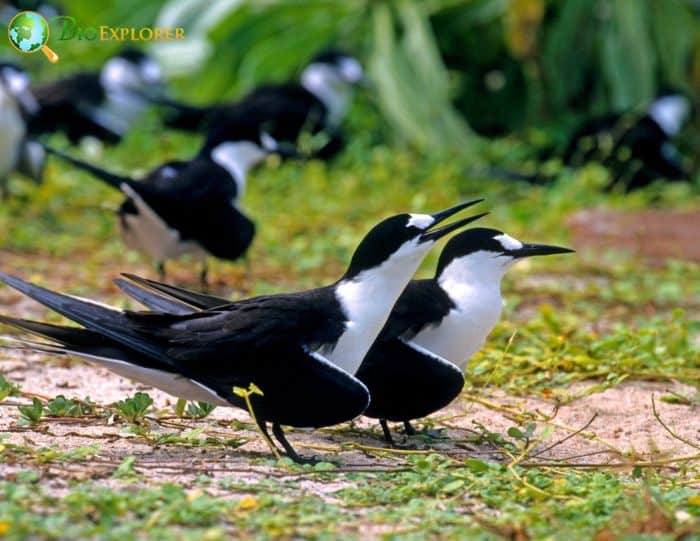
Sooty Terns feed on small fish and squid, picking them from the water’s surface in marine environments. They often forage in large flocks.
How big is a Sooty Tern?
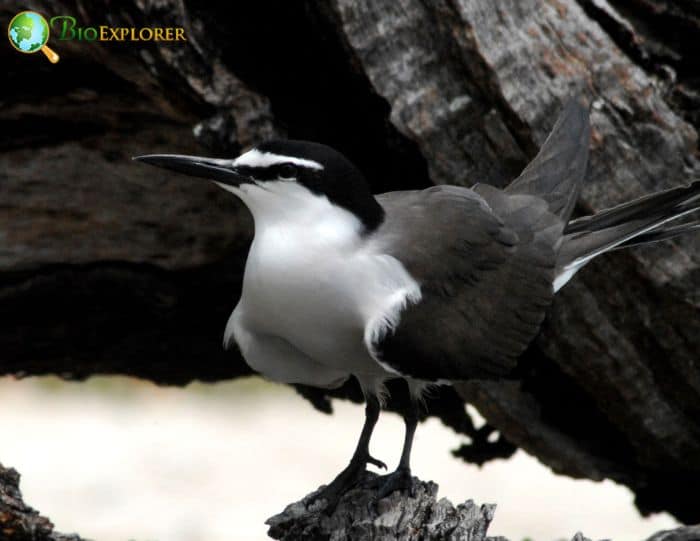
The Sooty Tern is large, similar to the Sandwich Tern at 33-36 cm (13-14 in) long with an 82-94 cm (32.5-37 in) wingspan[5].
How long can a Sooty Tern fly without landing?

Sooty Terns spend most of their time at sea, rarely coming to land except for breeding. They can remain at sea for extended periods, ranging from 3 to 10 years. As they lack oil in their feathers, they cannot float on the water and spend most of their time in continuous flight.
Are Sooty Terns endangered?

The Sooty Tern is classified as “Least Concern” by the International Union for Conservation of Nature (IUCN), indicating that it is not considered threatened.
More Black Birds
